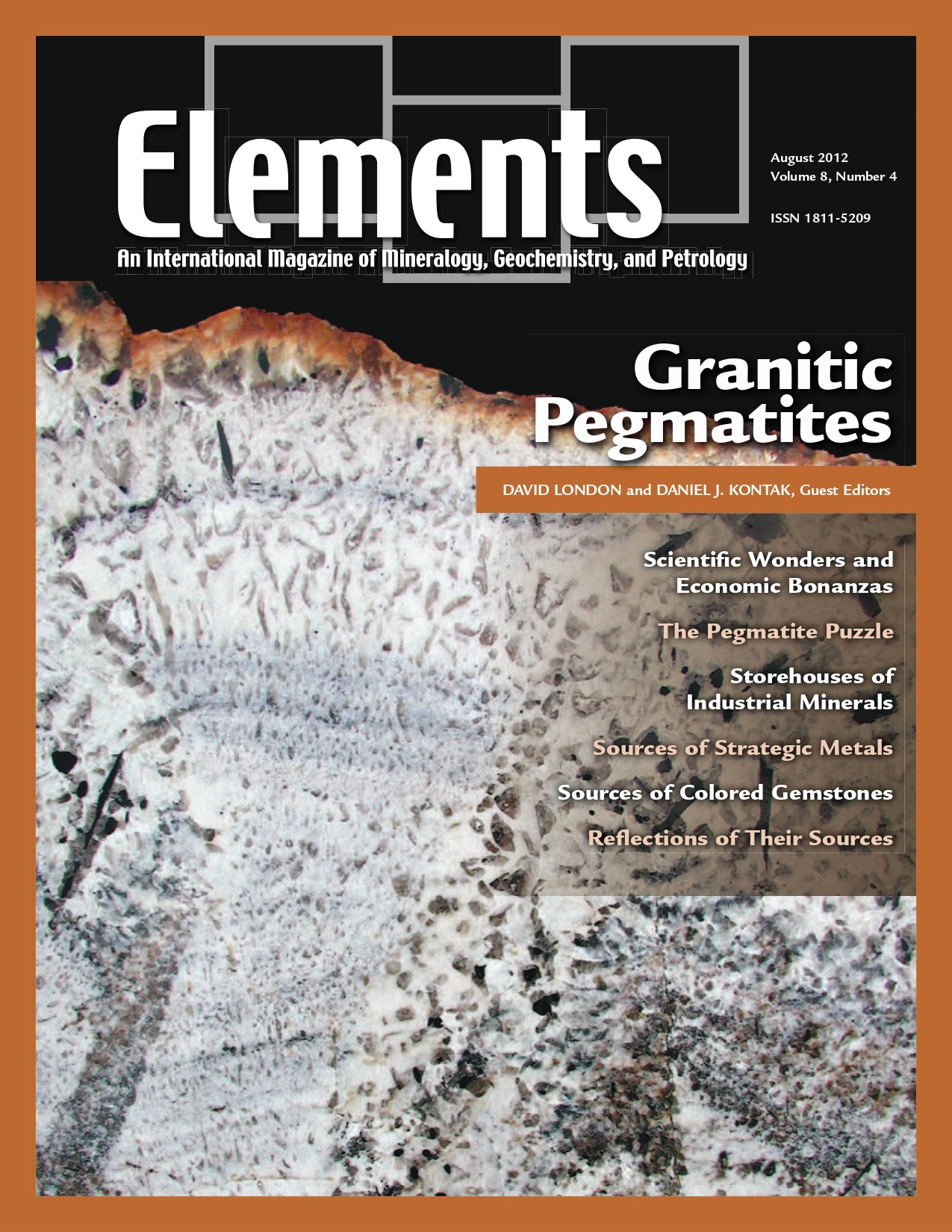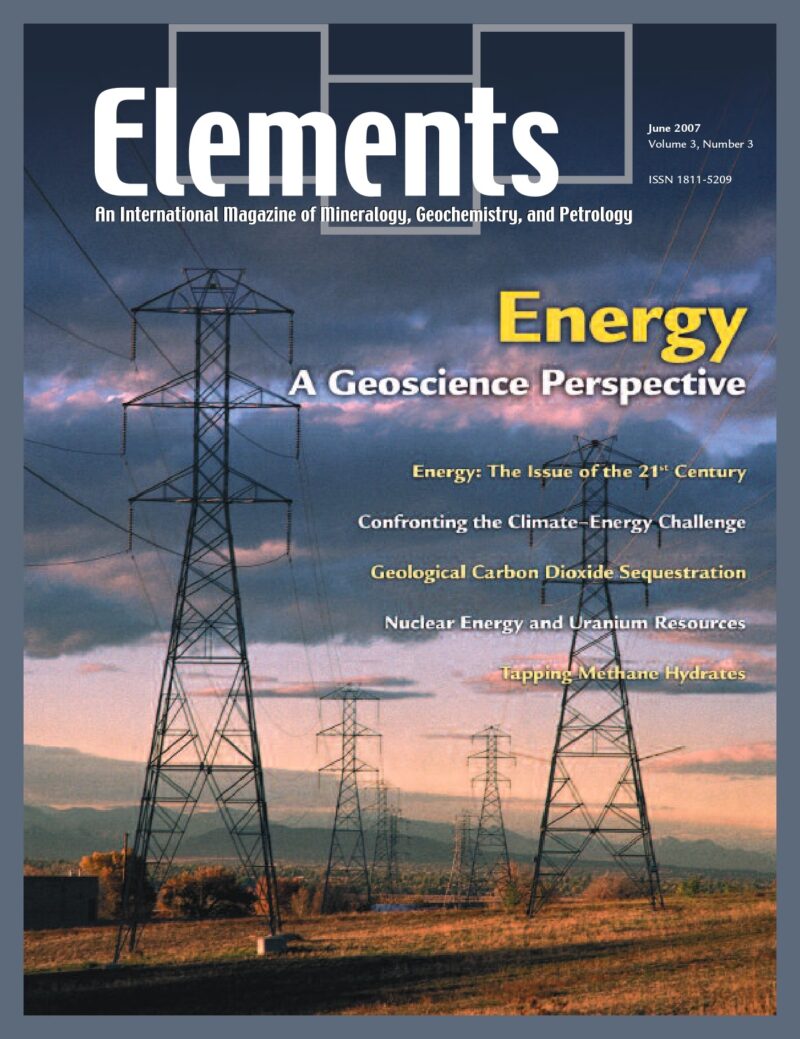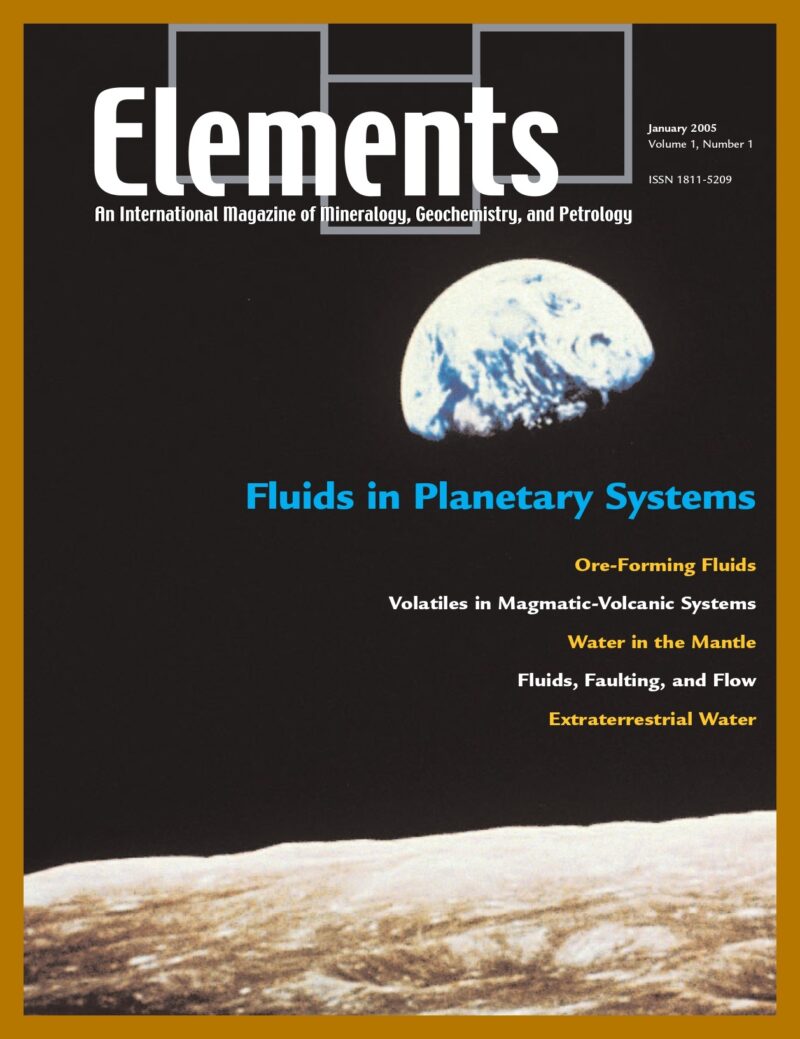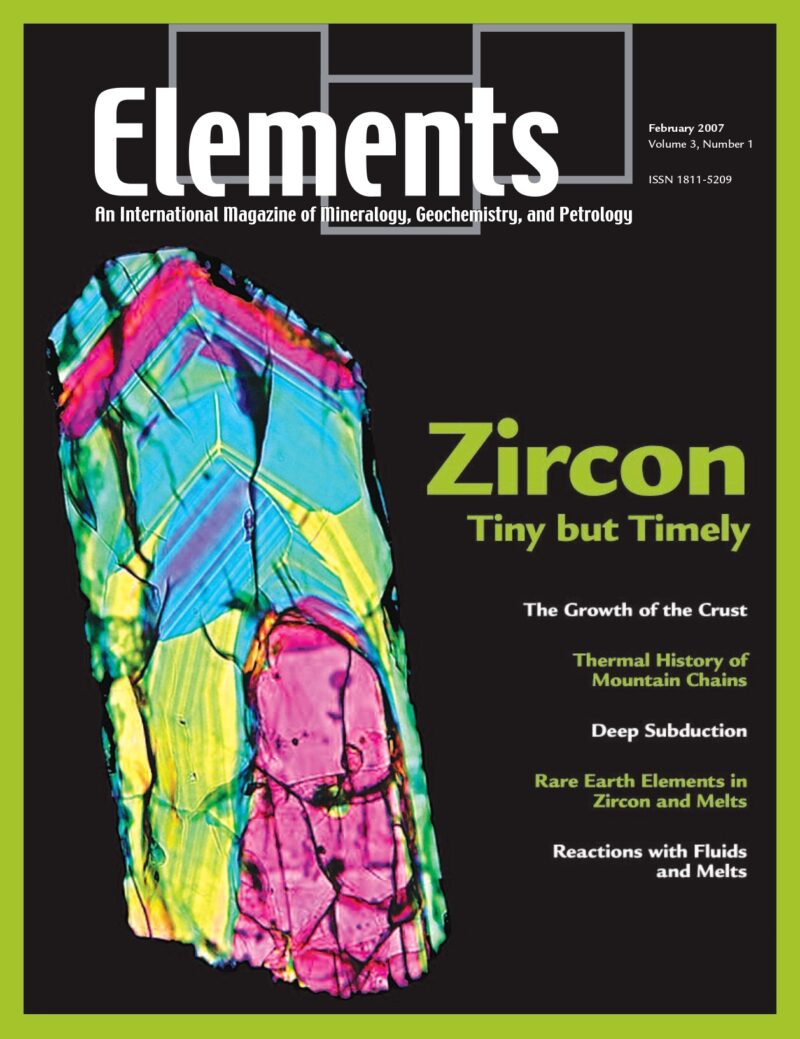
Tourmaline, October 2011, Vol. 7, No. 5
June 28, 2024
Rare Earth Elements, October 2012, Vol. 8, No. 5
June 28, 2024Granitic Pegmatites, August 2012, Vol. 8, No. 4
$20.00
Nothing that geoscientists learn as students prepares them for interpreting rock textures as complex as those found in pegmatites. Understanding the textures and mineral zonation of granitic pegmatites is tantamount to understanding the fundamental process of crystallization.
Granitic Pegmatites
August 2012, Vol. 8, No. 4
Nothing that geoscientists learn as students prepares them for interpreting rock textures as complex as those found in pegmatites. Understanding the textures and mineral zonation of granitic pegmatites is tantamount to understanding the fundamental process of crystallization. It is a challenge to our ability to discern, beyond reasonable doubt, what is igneous and what is hydrothermal. This is the context that has drawn many professional geoscientists to the study of pegmatites for all or part of their careers. In addition, granitic pegmatites are important to our society as sources of raw materials for glasses and ceramics, silicon for microprocessors, and specialty metals including Li, Cs, Be, Nb, Ta, Sn, REE, and U. A very few pegmatites provide some of the most highly prized mineral specimens and colored gems found in national museums and personal collections around the world. No other rock type presents such a diversity of economic commodities in such concentrated fashion.
Why You’ll Love Elements Magazine:
- Expert Contributors: Articles written by renowned researchers in the field of geoscience.
- Engaging Content: Join a community of readers who are passionate about Elements.
- Exceptional Quality: Each issue is printed on high-quality paper with stunning visuals and detailed illustrations that bring complex scientific concepts to life.
Order your copy of the August 2012 issue of Elements magazine today and investigate granitic pegmatites.
Related products
-
Energy: A Geoscience Perspective, June 2007, Vol. 3, No. 3
$20.00The issue of energy resources in the future may be one of the most important in the 21st century. Future climate change and the ways to abate it while still supplying needed energy will impact future political relations, world economics, human health, and the environment.
-
Fluids in Planetary Systems, January 2005, Vol. 1, No. 1
$20.00Water and other geofluids play an important role in the geochemical and rheological evolution of the Earth and other bodies in the solar system. These fluids are responsible for the formation of hydrothermal mineral deposits, affect eruption behavior in volcanic systems and the geophysical properties of the mantle, and significantly affect the way in which rocks deform and fracture.
-
Zircon – Tiny But Timely, February 2007, Vol. 3, No. 1
$20.00Where would Earth science be without zircon? As Earth’s timekeeper, zircon has proven to be a remarkable and versatile mineral, providing insights into deep time and ancient Earth processes. However, there is still much to learn about Earth’s history from zircon and its behaviour.




